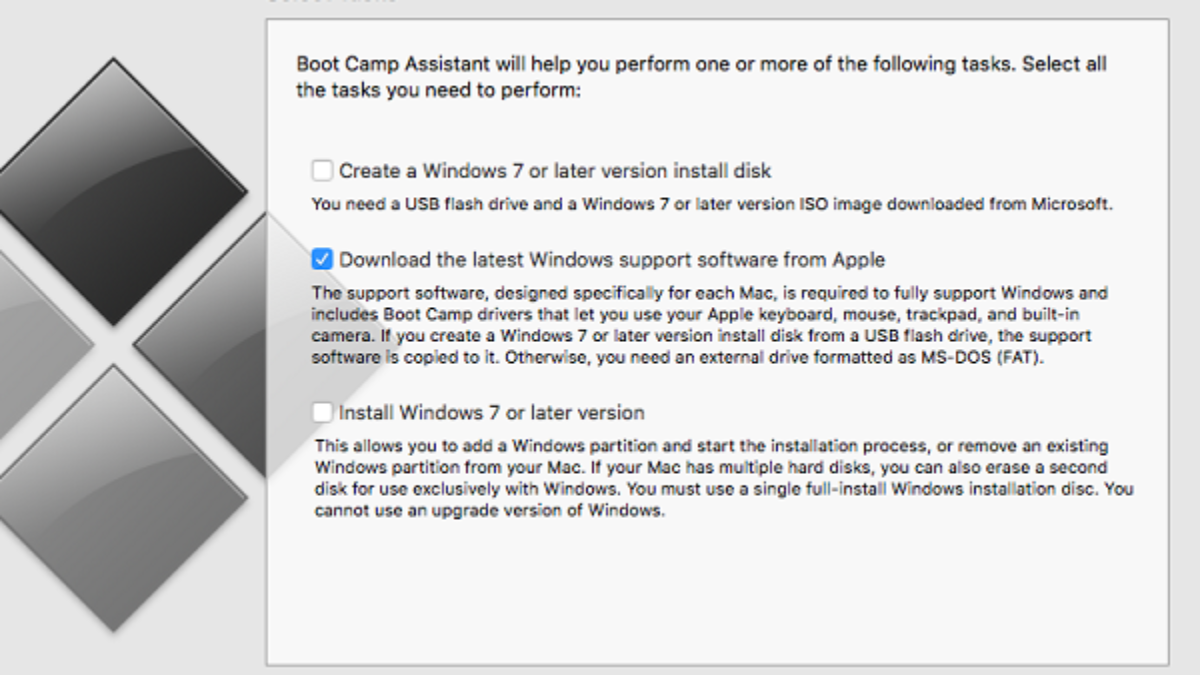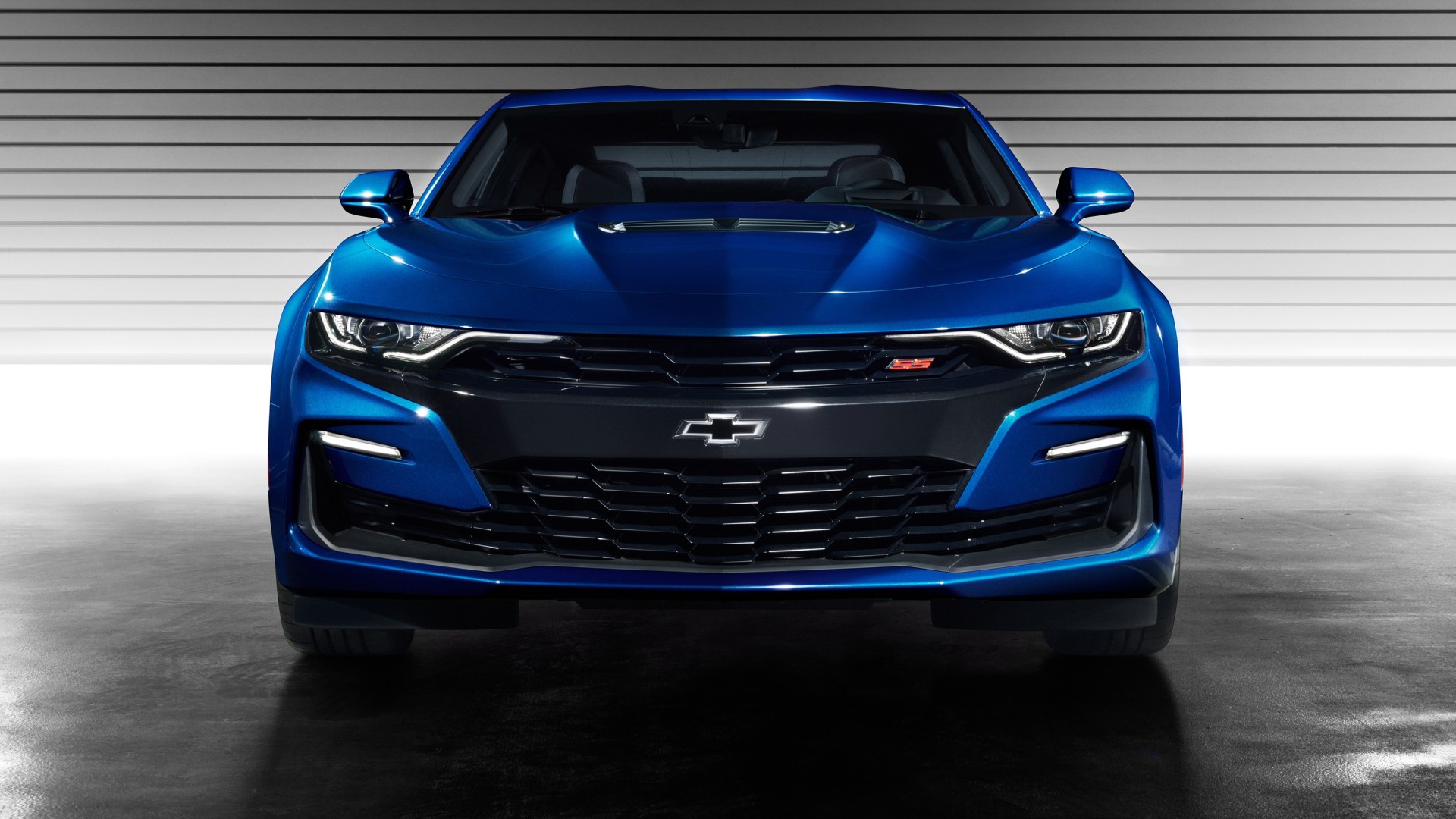- Exclusive Driver Download For Windows Xp
- Driver Download For Windows 7 64 Bit
- Download Driver For Windows 8.1
- Driver Download For Windows 7 Of Sound
- Exclusive Driver Download For Windows 10
Acer (Notebooks, Tablets, Desktops) Any Windows 10 drivers by Acer, for your Acer computer, are. Some audio drivers talk straight to the sound card, bypassing the Windows audio engine. If they do they need exclusive access otherwise you can get very unpredictable results like a second audio stream sending its output to this device using a different sample rate and of course, as the first stream by passes the mixer, the result is garbage as.
In the Product selector field, type in Tape device drivers. From the Platform menu, select your operating system. Click Continue to go to the Select fixes page, view the list of available downloads. Select a download from the options presented, and click Continue. Follow the instructions on the IBM Fix Central download page to download the new. Popular Hardware drivers downloads. 01 Microsoft® ODBC Driver 13.1 for SQL Server® - Windows, Linux, & macOS. The Microsoft ODBC Driver for SQL Server provides native connectivity from Windows, Linux, & macOS to Microsoft SQL Server and Microsoft Azure SQL Database. 02 Surface Pro 4 Drivers. After the driver installation completes, the driver language is set to the language of the client operating system. This PCL5 driver version of the Xerox Global Print Driver uses the Windows Add Printer wizard and should be used if your security policies prohibit downloading the 'Install from Web' driver package.
Note: Your Xbox One controller needs to be connected to your PC through the micro USB cable for PC gaming.
The greatest gamepad – now even better
The Xbox One Wireless Controller features over 40 improvements to the award-winning Xbox 360 Wireless Controller.
More immersive

Feel the action like never before with Impulse Triggers. New vibration motors in the triggers provide precise fingertip feedback bringing weapons, crashes, and jolts to life for a whole new level of gaming realism.
New expansion port with high speed data transfer enables clearer chat audio when using a compatible headset.**
More precise
Newly designed D-pad is responsive to both sweeping and directional movements.
Thumbstick improvements enable better grip and accuracy.
Trigger and bumpers are designed for quicker access.
More comfortable
Grips and contours have been designed to fit a wider range of hand sizes comfortably.
Batteries fit inside the controller body, allowing your hands more room to naturally grip the controller.
Additional features
- Contents: Wireless Controller and AA Batteries (2).
- Up to 30ft wireless range.
- Connect up to 8 Wireless Controllers at once to your console.
- Menu and View buttons for easy navigation.
- Seamless profile and controller pairing. Infrared LEDs in the controller can be sensed by the Kinect sensor.
- Expansion port for add-on devices like the Chat Headset.
- Compatible with Xbox One Play and Charge Kit and Xbox One Chat Headset.
- September 21, 2015
- Windows (all)
- 111 MB
- September 18, 2015
- Windows (all)
- 111 MB
- June 5, 2014
- Windows 7 / 8
- 2.3 MB
- January 9, 2011
- Windows 7 64-bit
- 7.5 MB
- January 9, 2009
- Windows 7
- 17.9 MB
- December 7, 2012
- Windows XP 64-bit
- 18.3 MB
- October 24, 2012
- Windows (all)
- 108.0 MB
- January 9, 2011
- Windows XP
- 7.1 MB
- January 9, 2011
- Windows 7
- 7.6 MB
-->
Versions supported
- Windows 10
- Windows 8.1
Applies to
- Device manufacturers of CDC Control devices
Microsoft-provided in-box driver (Usbser.sys) for your Communications and CDC Control device.
In Windows 10, the driver has been rewritten by using the Kernel-Mode Driver Framework that improves the overall stability of the driver.
- Improved PnP and power management by the driver (such as, handling surprise removal).
- Added power management features such as USB Selective Suspend.
In addition, UWP applications can now use the APIs provided by the new Windows.Devices.SerialCommunication namespace that allow apps to talk to these devices.
Usbser.sys installation
Load the Microsoft-provided in-box driver (Usbser.sys) for your Communications and CDC Control device.
Note
Exclusive Driver Download For Windows Xp
If you trying to install a USB device class driver included in Windows, you do not need to download the driver. They are installed automatically. If they are not installed automatically, contact the device manufacturer. For the list of USB device class driver included in Windows, see USB device class drivers included in Windows.
Windows 10
In Windows 10, a new INF, Usbser.inf, has been added to %Systemroot%Inf that loads Usbser.sys as the function device object (FDO) in the device stack. If your device belongs to the Communications and CDC Control device class, Usbser.sys is loaded automatically.You do not need to write your own INF to reference the driver. The driver is loaded based on a compatible ID match similar to other USB device class drivers included in Windows.
USBClass_02
USBClass_02&SubClass_02
- If you want to load Usbser.sys automatically, set the class code to 02 and subclass code to 02 in the Device Descriptor. For more information, see USB communications device class. With this approach, you are not required to distribute INF files for your device because the system uses Usbser.inf.
- If your device specifies class code 02 but a subclass code value other than 02, Usbser.sys does not load automatically. Pnp Manager tries to find a driver. If a suitable driver is not found, the device might not have a driver loaded. In this case, you might have to load your own driver or write an INF that references another in-box driver.
- If your device specifies class and subclass codes to 02, and you want to load another driver instead of Usbser.sys, you have to write an INF that specifies the hardware ID of the device and the driver to install. For examples, look through the INF files included with sample drivers and find devices similar to your device. For information about INF sections, see Overview of INF Files.
Note
Microsoft encourages you to use in-box drivers whenever possible. On mobile editions of Windows, such as Windows 10 Mobile, only drivers that are part of the operating system are loaded. Unlike desktop editions, it is not possible to load a driver through an external driver package. With the new in-box INF, Usbser.sys is automatically loaded if a USB-to-serial device is detected on the mobile device.
Windows 8.1 and earlier versions
In Windows 8.1 and earlier versions of the operating system, Usbser.sys is not automatically loaded when a USB-to-serial device is attached to a computer. To load the driver, you need to write an INF that references the modem INF (mdmcpq.inf) by using the Include directive. The directive is required for instantiating the service, copying inbox binaries, and registering a device interface GUID that applications require to find the device and talk to it. That INF specifies 'Usbser' as a lower filter driver in a device stack.
The INF also needs to specify the device setup class as Modem to use mdmcpq.inf. Under the [Version] section of the INF, specify the Modem and the device class GUID. for details, see System-Supplied Device Setup Classes.
Driver Download For Windows 7 64 Bit
For more information, see this KB article.

Configure selective suspend for Usbser.sys
Starting in Windows 10, Usbser.sys supports USB Selective Suspend. It allows the attached USB-to-serial device to enter a low power state when not in use, while the system remains in the S0 state. When communication with the device resumes, the device can leave the Suspend state and resume Working state. The feature is disabled by default and can be enabled and configured by setting the IdleUsbSelectiveSuspendPolicy entry under this registry key:
To configure power management features of Usbser.sys, you can set IdleUsbSelectiveSuspendPolicy to:
'0x00000001': Enters selective suspend when idle, that is, when there are no active data transfers to or from the device.
'0x00000000': Enters selective suspend only when there are no open handles to the device.
That entry can be added in one of two ways:
Write an INF that references the install INF and add the registry entry in the HW.AddReg section.
Describe the registry entry in an extended properties OS feature descriptor. Add a custom property section that sets the bPropertyName field to a Unicode string, 'IdleUsbSelectiveSuspendPolicy' and wPropertyNameLength to 62 bytes. Set the bPropertyData field to '0x00000001' or '0x00000000'. The property values are stored as little-endian 32-bit integers.
For more information, see Microsoft OS Descriptors.
Download Driver For Windows 8.1

Develop Windows applications for a USB CDC device
If you install Usbser.sys for the USB CDC device, here are the application programming model options:
Driver Download For Windows 7 Of Sound
Starting in Windows 10, a Windows app can send requests to Usbser.sys by using the Windows.Devices.SerialCommunication namespace. It defines Windows Runtime classes that can use to communicate with a USB CDC device through a serial port or some abstraction of a serial port. The classes provide functionality to discover such serial device, read and write data, and control serial-specific properties for flow control, such as setting baud rate, signal states.
In Windows 8.1 and earlier versions, you can write a Windows desktop application that opens a virtual COM port and communicates with the device. For more information, see:
Win32 programming model:
.NET framework programming model:
Exclusive Driver Download For Windows 10
Related topics
